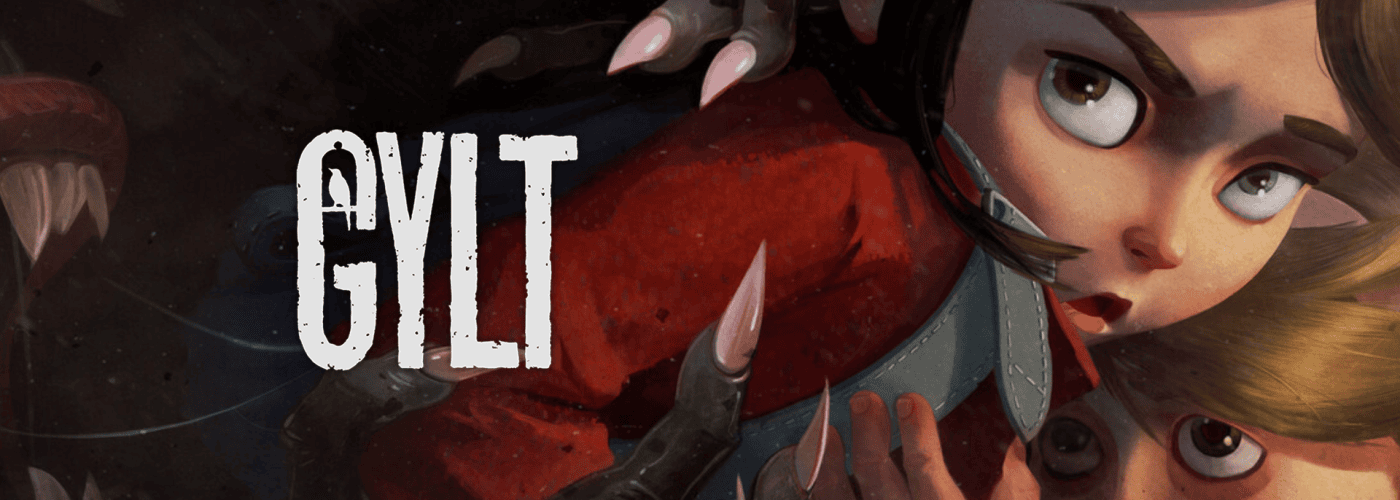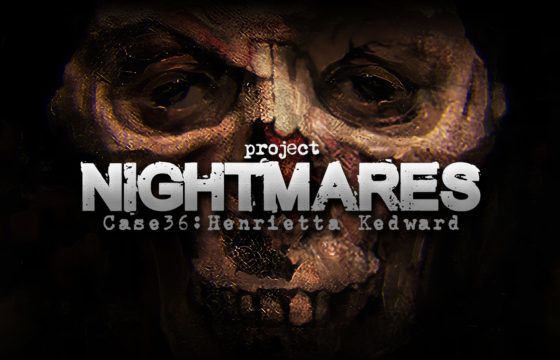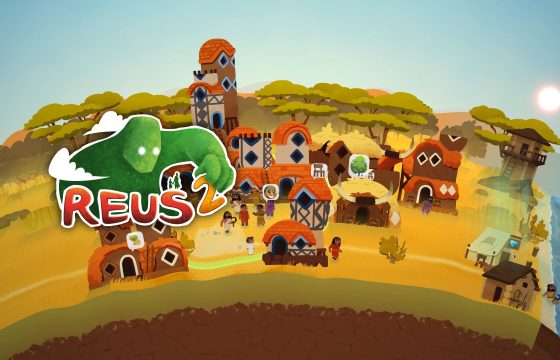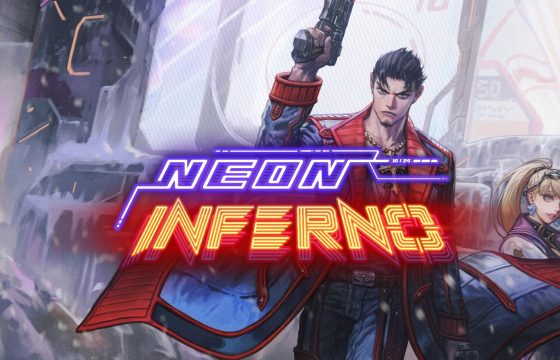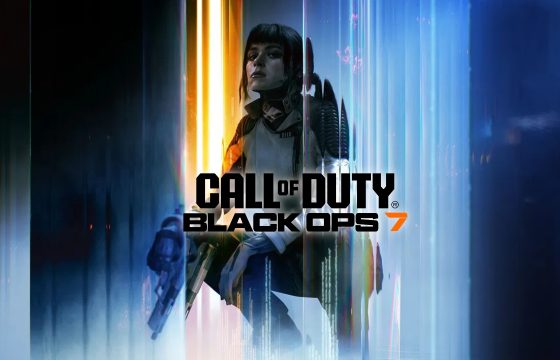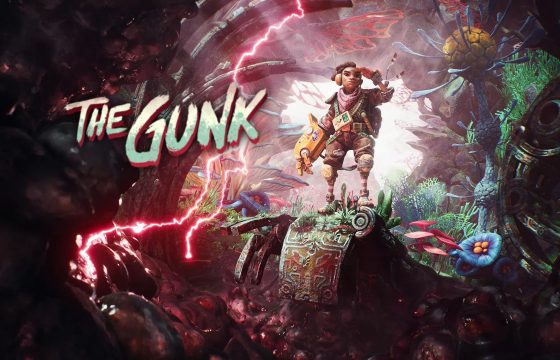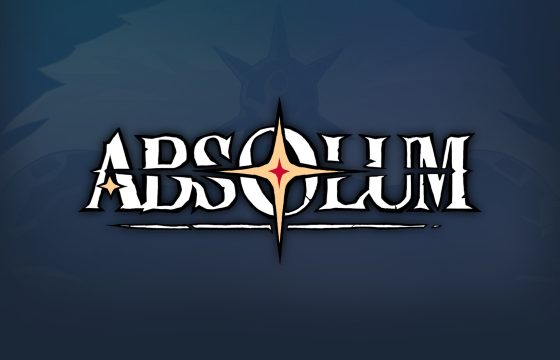Welcome to the review of Gylt, a teen horror with a captivating atmosphere, perfect for novice gamers.
Gylt initially debuted as a Google Stadia exclusive, but later arrived on all other platforms in 2023, giving most players the chance to experience it.
At the helm of development is Tequila Works, creators of Deadlight and Rime, who in this case aimed to create a “soft survival horror” featuring stealth elements and environmental puzzles.
Introduction and plot
The story follows Sally, a young girl searching for Emily, her little cousin who has been missing for several weeks. In the prologue, we see her putting up posters about the disappearance when she’s suddenly harassed by a group of bullies.
Sally is forced to run away, straying too far from home and eventually getting lost in a forest with her bike broken down.
At this point, the game introduces a brief tutorial that helps us to get familiar with the few essential game controls, such as running, crouching, and interacting with or inspecting surrounding objects (which also allows us to hear the protagonist’s thoughts).
Right from the start, I greatly appreciated the game’s art style: minimalist yet rich in details, with gently falling snow that moves as we pass through it and the light/shadow effects creating a rather gloomy and melancholic atmosphere.

The story is told through static images, that show a different style from the game, but does not feel out of place, overall.
Getting into a nightmare world
Once she reaches the cable car (the only way to get home), young Sally meets an old man who prevents her from boarding since she doesn’t have a ticket. After finding the ticket and returning, the old mandisappeared, but the girl is still able to take the cable car, which, after passing through a strange barrier, transports her to an alternate version of the town.
The destroyed streets, the absence of light, and the overwhelming desolation immerse the player in this dreamlike world, where Sally must survive while also investigating to find her cousin, who is also trapped in this sinister place.
The only figure of guidance is the old man she encountered earlier, who will help her on several occasions and lead her to Emily in an epilogue that offers three distinct endings.

But what does the world of Gylt represent?
What the team at Tequila Works aimed to depict through these environments perfectly conveys the negative, sometimes distorted, perspective that those who experience or have experienced bullying might have. Loneliness, paranoia, and fear are the first emotions Sally feels as she finds herself lost in a place that, until recently, she called home.
Despite the relatively open environment, the game never becomes overwhelming, thanks to an intuitive and detailed map that you’ll often consult to move forward and avoid missing key items.

Gameplay mechanics and enemies
Gylt presents itself as a classic-style video game, reminiscent especially of its PS2-era predecessors.
Our main ally is the flashlight, which serves both as a weapon (though it consumes battery), with mechanics similar to those seen in Alan Wake, and as a tool for solving various environmental puzzles that aren’t too difficult and are fairly understandable, even for the less attentive.
The enemies that hinder Sally’s search are creatures roaming the town, with a relatively simple and not overly distinctive design. They can kill the protagonist with a few hits, but are extremely vulnerable to the flashlight’s beam.
In these situations, we have the option to face the threat head-on, targeting their weak points with the beam of light, or eliminate them silently from behind with a point-blank flashlight strike, though this consumes more battery than the first approach.

The stealth approach is often the most recommended, given the limited visibility of the enemies and their aggressiveness in more direct confrontations.
Game difficulty: a sore spot
As the title suggests, I least appreciated the difficulty level’s aspect about this game. In addition to not offering the option to choose a preferred difficulty, Gylt provides an overly simplistic experience, which undermines both the horror element and the challenge for players who enjoy testing their skills.
The enemies’ artificial intelligence, combined with their limited visibility and fragility, makes them not very dangerous and easy to avoid, while the game resources (flashlight batteries and inhalers for healing) are scattered around in abundance.
Moreover, the enemies are quite similar to each other and attack using the same pattern, with the exception of the boss fights, which add a bit more variety but never leave a lasting impression, as they are extremely easy.
Graphics and game length
On the other hand, the graphical aspect is well-executed, with a minimalist but highly polished style, featuring many elements that make each area feel different from the others, especially when we find ourselves inside buildings. The overall visual impact reminded me several times of the style of Little Nightmares II, though it doesn’t quite reach the same level of excellence.(you can read our review of the first two Little Nightmares chapters here).
The game length is around 7 hours, but this can increase by 1 or 2 hours if you aim for full completion. This isn’t just for completion’s sake, as it helps uncover more details about the game world and the missing cousin through diary pages.
A “side quest” also involves saving people trapped in this dimension, who turned into stone statues. Each one gives you a piece of the cable car ticket, an essential item to unlock the most positive of the three available endings.

GYLT
PRO
- Well-crafted graphics and level design
- Extremely accessible, even for non-gamers
- Successfully created setting and atmosphere that encourage exploration
CON
- Too simple; the addition of a “survival” mode would have made the title much more interesting
- Functional gameplay mechanics, but all very essential and derivative
- Few enemy types, and almost all are approached in the same way

